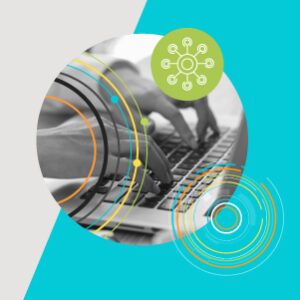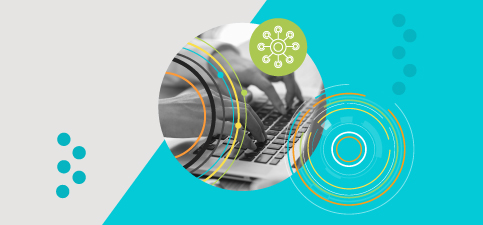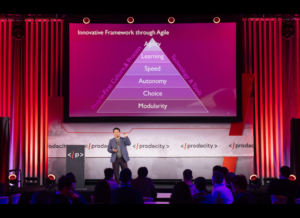More than ever before, federal agencies are responsible for managing increasingly complex, diverse, and distributed IT infrastructures. While traditional monitoring methods allow for insights into specific network activities, IT teams still face challenges viewing all the interdependencies between the various network, cloud, and IT functions. The overload of alerts and disjointed analytics from disparate tools make it challenging to provide the actionable insights necessary to identify and resolve mission-critical activities rapidly. Multiple tools can become cost-prohibitive to maintain and scale, creating operational risks. So, what’s the solution to all of this?
 More agencies are implementing observability solutions, taking traditional monitoring an important step further. By using data and insights from monitoring, observability provides a holistic understanding of your infrastructure, including health and performance. With layers of data and immediately-synthesized analysis, IT pros can spot inconsistencies before they become issues. These functions give IT teams single-pane-of-glass visibility with actionable intelligence to expedite problem resolution and enable proactive management. Of course, it provides much more, and below are the top five benefits federal agencies can gain from observability.
More agencies are implementing observability solutions, taking traditional monitoring an important step further. By using data and insights from monitoring, observability provides a holistic understanding of your infrastructure, including health and performance. With layers of data and immediately-synthesized analysis, IT pros can spot inconsistencies before they become issues. These functions give IT teams single-pane-of-glass visibility with actionable intelligence to expedite problem resolution and enable proactive management. Of course, it provides much more, and below are the top five benefits federal agencies can gain from observability.
Holistically observe end-to-end service health, security quality, and availability. Observability gives agencies deep visibility into their IT infrastructure and services so they can focus on critical issues without a flood of telemetry data to sift through. It allows agencies to make better decisions and do more, creating efficiencies and freeing time to focus on mission-critical activities.
Predict and prevent user experience degradation and service outages. Observability provides unified on-premises, hybrid, and multi-cloud visibility, giving agencies the insights needed to reduce outages, improve recovery time, and ensure service levels are where they should be across complex and distributed infrastructures. IT teams can quickly pinpoint component changes degrading service performance and more accurately predict and plan resource capacity to prevent issues and unplanned downtime.
Identify and resolve anomalies, issues, and incidents. Observability provides actionable intelligence about complex environments by visualizing data in an easy-to-understand format. With observability, agencies can identify and diagnose compliance issues and potential security threats, streamline data sets through aggregation, and bring cross-team collaboration to a single source of truth (SSOT).
Reduce compliance, threat, and data breach risks. Observability offers a comprehensive and cost-effective solution to consolidate toolsets, break down information silos, and reduce remediation time across multi-cloud, on-premises, and hybrid environments.
Offer deep service-level actionable insight to determine which components can best scale performance and capacity. Observability helps federal IT pros understand interdependencies in network infrastructure and apps with full-stack data correlation. It also allows agencies oversight into on-premises and cloud costs in one solution to help simplify cloud migration efforts. Finally, network bandwidth analysis and performance monitoring give insights into where there may be opportunities to scale performance and capacity.
In short, observability solutions can help fortify the mission-critical services relied on by federal agencies. For more information on how observability can help your agency achieve optimum IT service performance, compliance, and resilience, visit https://www.solarwinds.com/solutions/hybrid-cloud-observability.







